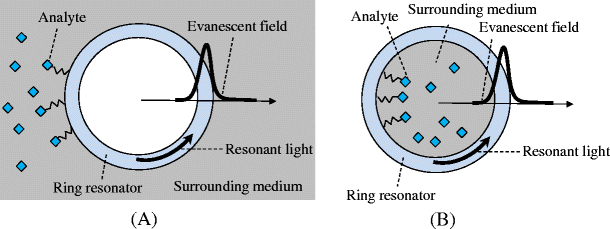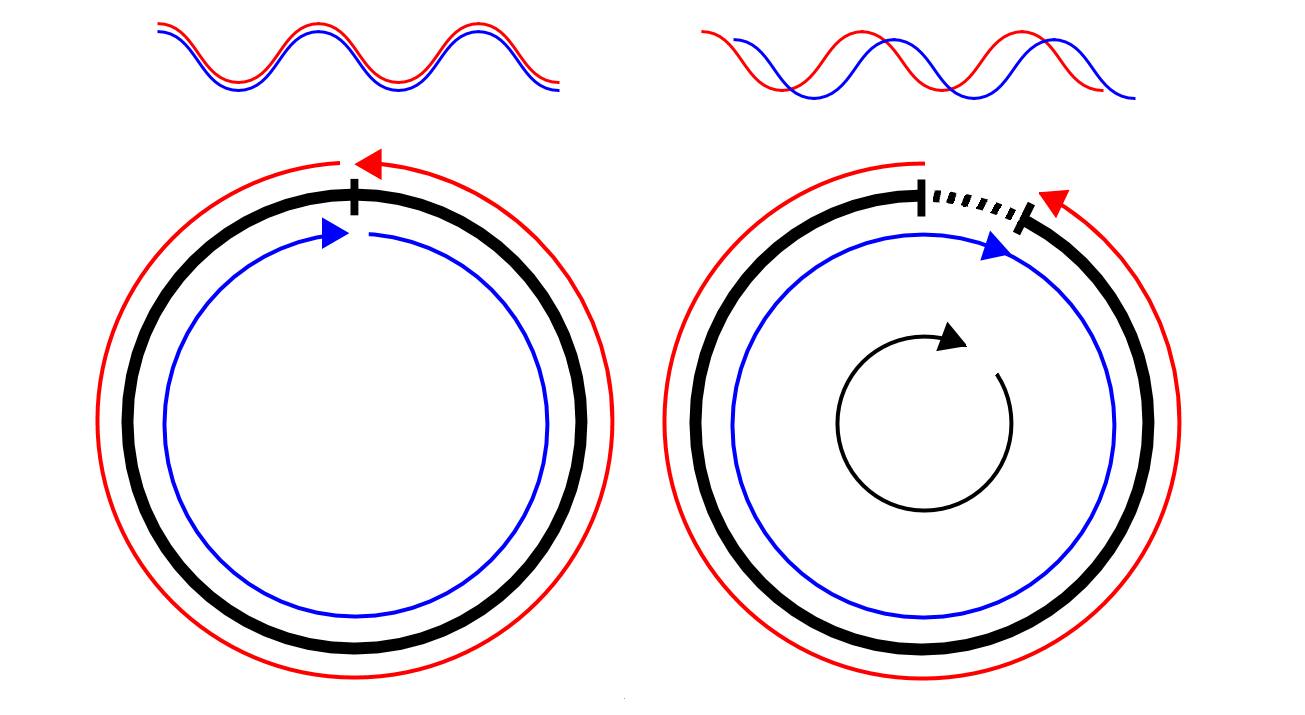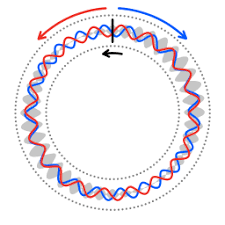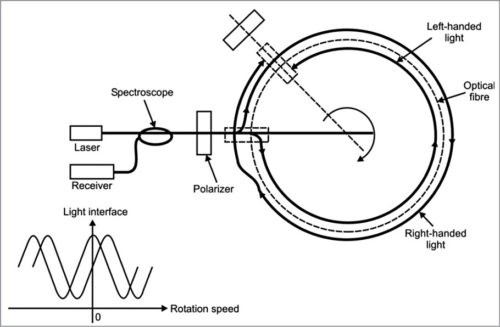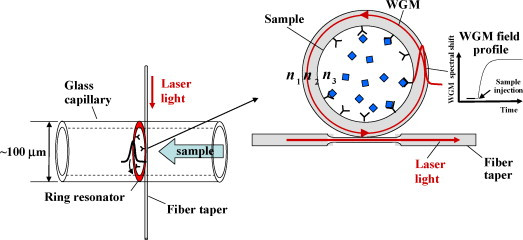Recap: Electrolytes for Your Brain
Electrolytes conduct nerve signals and regulate fluid balance in the brain. Sodium is critical for brain health. Hyponatremia (low serum sodium) symptoms include headaches, fatigue, lethargy, and seizures. When sodium is rapidly depleted from overwatering, it can cause brain swelling.
can is use regular old pink hymilayin salt deom the store?
This is the secret of life: Man lives in God and God lives in man.
This answers all questions.
question
/ˈkwɛstʃ(ə)n/
Origin
late Middle English: from Old French question (noun), questionner (verb), from Latin quaestio(n- ), from quaerere ‘ask, seek’.
inquiring (adj.)
"given to inquiry or investigation," 1590s, present-participle adjective from inquire (v.). Related: Inquiringly.
The Low Energy Ion Ring is a particle accelerator at CERN
Anolyte is the electrolyte on the anode side of an electrochemical cell that is divided into compartments.
that portion of the electrolyte in the immediate vicinity of the anode in an electrolytic cell —opposed to catholyte.
catholyte (plural catholytes)
The portion of an electrolyte near a cathode, especially in a cell in which the cathode and anode are in separate compartments
An anion is an ion that is negatively charged, and is attracted to the anode (positive electrode) in electrolysis. A cation has a net positive charge, and is attracted to the cathode (negative electrode) during electrolysis
An electrolytic cell is an electrochemical cell that utilizes an external source of electrical energy to drive a chemical reaction that would not otherwise occur.
Reported here is a preliminary assessment of the feasibility of catalyzing on-line derivatization reactions inside the inlet (i.e., the injection port) of a gas chromatograph (GC) with solid heterogeneous catalysts. The experiments described here entail the installation of candidate catalysts inside the GC inlet liner and the subsequent injection of analyte/reagent mixtures onto the catalyst beds. Two catalysts are identified, each of which clearly catalyzes one of the chosen model derivatization reactions in the inlet of a GC. This result supports our hypothesis that on-line derivatizations can, in principle, be reproducibly catalyzed inside the GC inlet by solid heterogeneous catalysts and that the presence of such catalysts in the inlet do not necessarily cause a serious loss of instrument performance or chromatographic efficiency.
Heterogeneous catalysis typically involves solid phase catalysts and gas phase reactants. In this case, there is a cycle of molecular adsorption, reaction, and desorption occurring at the catalyst surface. Thermodynamics, mass transfer, and heat transfer influence the rate (kinetics) of reaction.

